Knee Procedures
- Non-surgical Knee Procedures
- Surgical Knee Procedures

Pharmacological
Pharmacological interventions include management of pain using medicinal preparations such as pain- relieving capsules or injections.
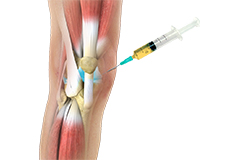
PRP Therapy
PRP is a relatively new treatment method for several orthopaedic conditions such as muscle, ligament, and tendon injuries, arthritis and fractures. PRP injections can help alleviate painful symptoms, promote faster healing and delay joint replacement surgeries.
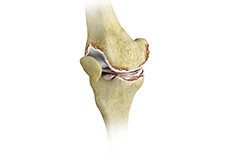
Viscosupplementation
Viscosupplementation refers to the injection of a hyaluronan preparation into the joint. Hyaluronan is a natural substance present in the joint fluid that assists in lubrication. It allows smooth movement of the cartilage covered articulating surfaces of the joint.
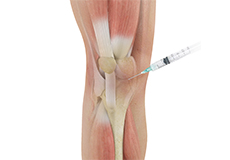
Cortisone Injection
Cortisone is a corticosteroid released by the adrenal gland in response to stress and is a potent anti-inflammatory agent.

Physiotherapy
Physiotherapy or physical therapy is an exercise program that helps you to improve movement, relieve pain, encourage blood flow for faster healing, and restore your physical function and fitness level. It can be prescribed as an individual treatment program or combined with other treatments. It involves a combination of education, manual therapy, exercises and techniques such as water, heat, cold, electrical stimulation and ultrasound.
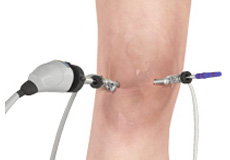
Knee Arthroscopy
Knee Arthroscopy is a common surgical procedure performed using an arthroscope, a viewing instrument, to diagnose or treat a knee problem. It is a relatively safe procedure and most of the patients are discharged from the hospital on the same day of surgery.
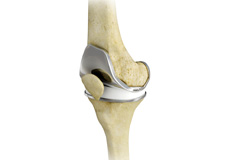
Total Knee Replacement
The knee is made up of the femur (thighbone), the tibia (shinbone), and patellar (kneecap). The meniscus, the soft cartilage between the femur and tibia, serves as a cushion and helps absorb shock during motion. Arthritis (inflammation of the joints), injury, or other diseases of the joint can damage this protective layer of cartilage, causing extreme pain and difficulty in performing daily activities. Osteoarthritis is a type of arthritis.
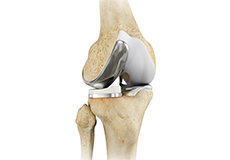
Unicompartment Knee Replacement
Unicompartmental knee replacement is a minimally invasive surgery in which only the damaged compartment of the knee is replaced with an implant. It is also called a partial knee replacement.
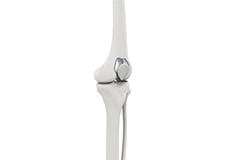
Patellofemoral Knee Replacement (Patellofemoral Reconstruction)
Traditionally, a patient with only one compartment of knee arthritis would undergo a total knee replacement surgery. Patellofemoral knee replacement is a minimally invasive surgical option that preserves the knee parts not damaged by arthritis as well as the stabilizing anterior and posterior cruciate ligaments, ACL and PCL.
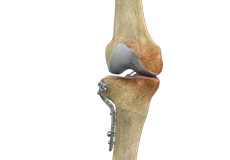
High Tibial Osteotomy
High tibial osteotomy is a surgical procedure performed to relieve pressure on the damaged site of an arthritic knee joint. It is usually performed in arthritic conditions affecting only one side of your knee and the aim is to take pressure off the damaged area and shift it to the other side of your knee with healthy cartilage. During the surgery, your surgeon will remove or add a wedge of bone either below or above the knee joint depending on the site of arthritic damage.
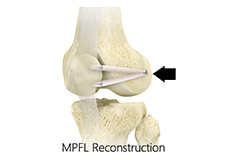
Medial Patellofemoral Ligament (MPFL) Reconstruction
Medial patellofemoral ligament reconstruction is a surgical procedure indicated in patients with more severe patellar instability. Medial patellofemoral ligament is a band of tissue that extends from the femoral medial epicondyle to the superior aspect of the Patellar. Medial patellofemoral ligament is the major ligament which stabilizes the Patellar and helps in preventing Patellar subluxation (partial dislocation) or dislocation.
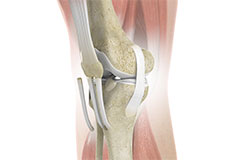
ACL Reconstruction
The anterior cruciate ligament is one of the major stabilizing ligaments in the knee. It is a strong rope- like structure located in the centre of the knee running from the femur to the tibia. When this ligament tears unfortunately, it does not heal and often leads to the feeling of instability in the knee.
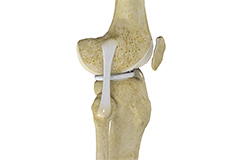
LCL Reconstruction
Lateral collateral ligament may tear due to trauma, sports injuries, or a direct blow on the knee. Torn LCL may result in pain, swelling and even instability of the knee.
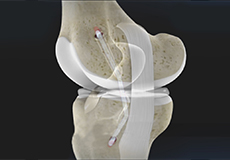
PCL Tear Reconstruction
PCL tears are very rare and are more difficult to detect than other knee ligament injuries. Cartilage injuries, bone bruises, and ligament injuries often occur in combination with PCL injuries. Injuries to the PCL can be graded as I, II or III depending on the severity of injury.

Tibial Tubercle Transfer Procedure
Distal realignment procedures, also known as TTT or tibial tubercle transfer procedures, are performed to reposition the kneecap by realigning the tendon under the kneecap to the underlying tibial tubercle. Tibia tubercle is the bony lump on the tibia (bone in the lower leg) below the kneecap. This serves as an attachment point for the patellar ligaments, tendons and muscles.

Knee Implants
Knee implants are artificial devices that form the essential parts of the knee during a knee replacement surgery. The knee implants vary by size, shape and material. Implants are made of biocompatible materials that are accepted by the body without producing any rejection response. Implants can be made of metal alloys, ceramics or plastics and can be joined to the bone.
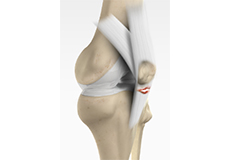
Patellar Tendon Repair
Patellar tendon rupture is the rupture of the tendon that connects the patellar (kneecap) to the top portion of the tibia (shinbone). The patellar tendon works together with the quadriceps muscle and the quadriceps tendon to allow your knee to straighten out.
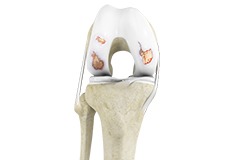
Osteoarthritis Management
Osteoarthritis, also called degenerative joint disease, is the most common form of arthritis. It occurs most often in older people. This disease affects the tissue covering the ends of bones in a joint (cartilage). Osteoarthritis is characterized by damaged articular cartilage, cartilage lining the hip joint. Advanced age is one of the most common reasons for osteoarthritis of the hip.
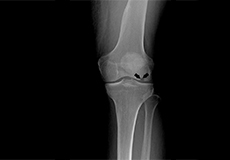
Knee Osteonecrosis
Osteonecrosis is a condition in which death of a section of bone occurs because of lack of blood supply to it. It is one of the most common causes of knee pain in older women. Women over 60 years of age are commonly affected, three times more often than men.
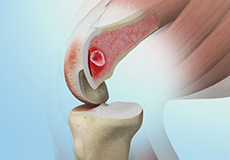
Subchondroplasty
Subchondroplasty is a minimally invasive procedure that is performed to specifically repair chronic BMLs by filling them with a bone substitute material. The bone substitute is then slowly resorbed and replaced with healthy bone repairing the bone defect.

Partial Meniscectomy
Partial meniscectomy is a surgical procedure to remove the torn portion of the meniscus from the knee joint. Meniscus is the C-shaped cartilage located in the knee that lubricates the knee joint, acts as a shock-absorber, and controls the flexion and extension of the joint.

Angular Deformity Correction
Angular deformities of the knee are common during childhood and usually are variations in the normal growth pattern. Angular deformity of the knee is a part of normal growth and development during early childhood. Physiologic angular deformities vary with age as:

What is New in Knee Replacement?
If you are considering knee replacement surgery, there are new developments under study which can help enhance the quality of life. These include:

Patellofemoral Stabilisation
Coming Soon

Distal Femoral Osteotomy
Coming soon
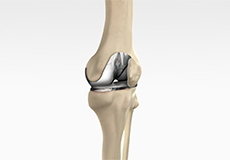
Knee Arthroplasty
Coming soon

Multi Alignment Reconstruction
Coming soon

Osteochondral Autologous Transfer
Coming soon
